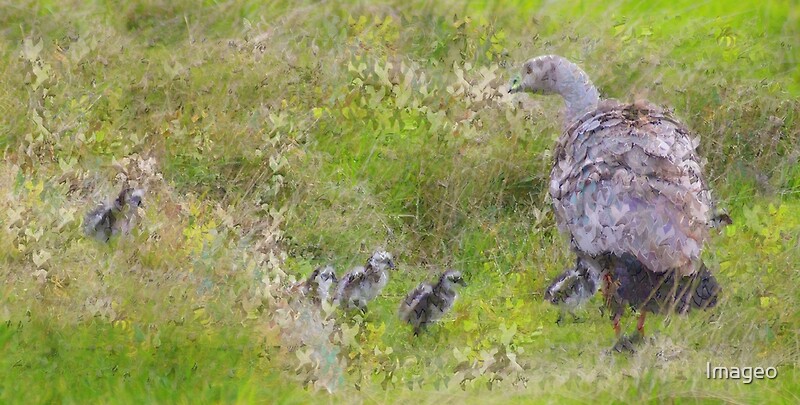I was taking photos of some of my artwork, bas-relief style sculptures, for the upcoming
Venus Artists Contemporary Showcase. I have found it is quiet a challenge to get the colours “accurate” and at the same time getting the whole surface in focus & distortion free (maybe more on that later). The “best” exposures are all too often “flat”, albeit with slightly bleached colours but nicely exposure to that average 50% grey tone. So I got the thinking maybe HDRi could do it better. I liked what it achieved, do you?


I had
recently updated Picturenaut, now in
version 3.0. It is nice piece of software for doing HDRI fairly automatically (not lots of fiddling with sliders and adjustments). Best it works perfectly as a
Portable App off a USB key, so I have it in my camera bag at all times.

The new version does a better job at guessing the EV setting than previous versions and now behaves when I used 5 photos in my bracketed set. It now has a neat feature
ghost removal (some things inevitably move and a distracting ghost outline can be left is parts of the image). The
automatic image alignment (which does a good job realigning and adjusting handheld photos) is improved. Both these take time but free you from a lot of unnecessary fiddling. The real time save is in the tone mapping, which may fewer options and controls than other systems, but the four methods provided should cover most needs. You will be able to avoid those lurid colours and unnatural if some what surreal lighting that many other HDRi packages conjure up for unsuspecting new users.




































 Most digital camera, even the inexpensive ones, come with their own bundled software. These bundles usually include some way to upload from your camera to a computer, a photo manager to browse photos on your computer and at least some rudimentary photo editing facilities. Often there are a few fancy add-ons like making calendars, posters, cards. At its simplest Picasa does all the same basic tasks as you camera bundled software, it doesn’t have the fancy bits. However what it does do, it does well and without fuss. It has been my preferred photo manager for a long time down. It free to
Most digital camera, even the inexpensive ones, come with their own bundled software. These bundles usually include some way to upload from your camera to a computer, a photo manager to browse photos on your computer and at least some rudimentary photo editing facilities. Often there are a few fancy add-ons like making calendars, posters, cards. At its simplest Picasa does all the same basic tasks as you camera bundled software, it doesn’t have the fancy bits. However what it does do, it does well and without fuss. It has been my preferred photo manager for a long time down. It free to 







